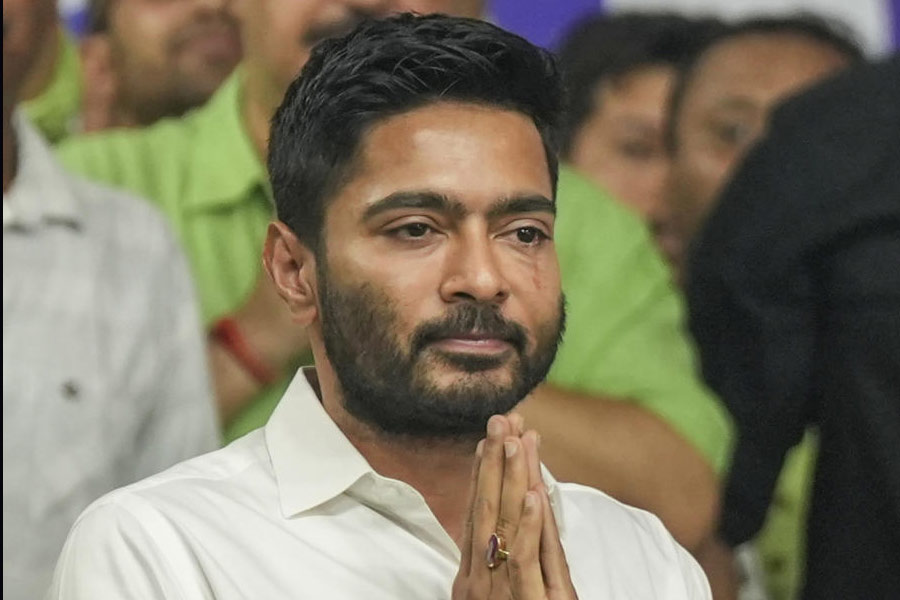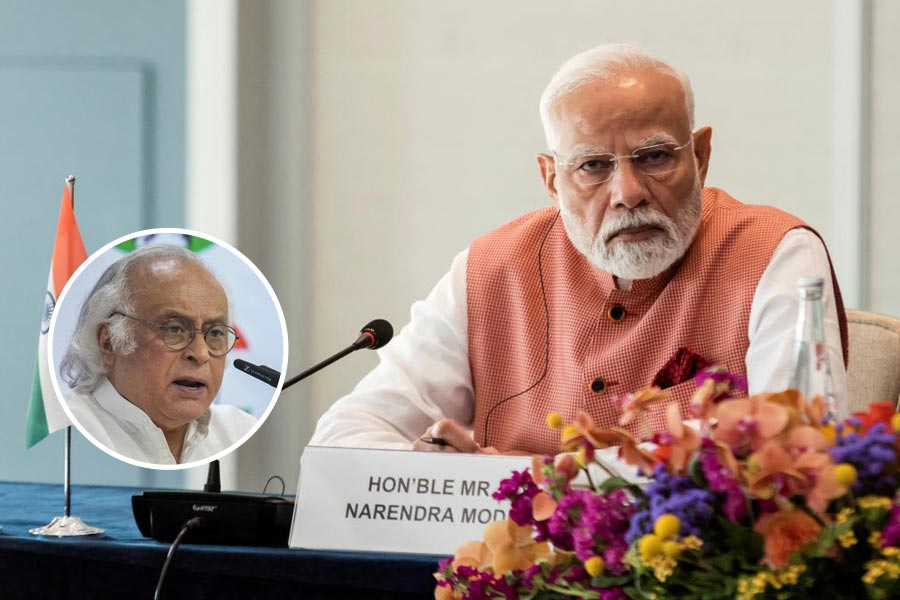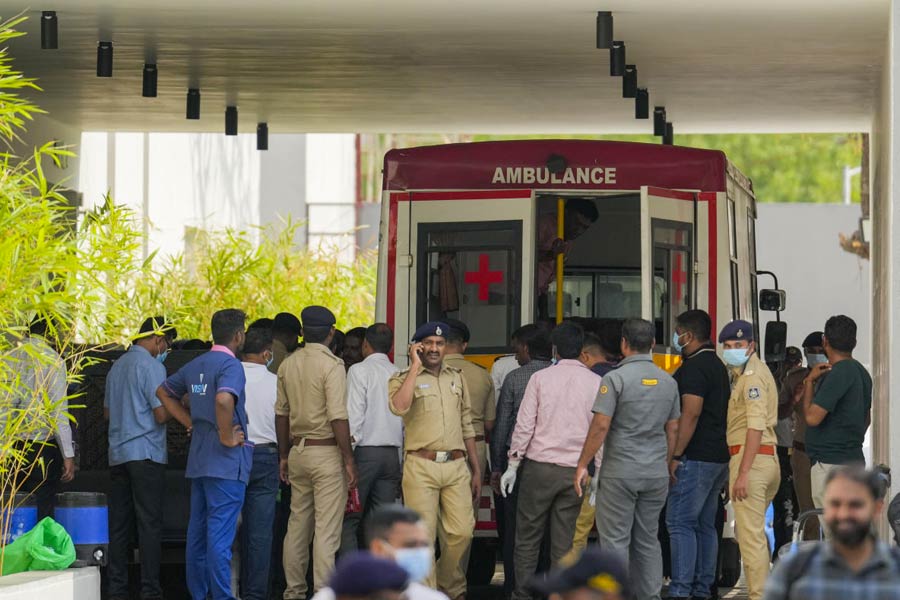 |
1991
Macro-economic stabilisation and fiscal adjustment alone cannot suffice. They must be supported by essential reforms in economic policy and economic management … reforms which would eliminate waste and inefficiency and impart a new element of dynamism to growth processes in our economy
Manmohan Singh
THE BACKDROP
Surge in oil prices after the Gulf War; oil import bill surges to Rs 10,800 crore even as domestic crude oil production fell 3 per cent; loss of exports to and remittances from West Asia, particularly Kuwait and Iraq.
Balance of payments crisis; forex reserves shrink to a level that can finance “imports for a mere fortnight”.
Runaway inflation.
Govt forced to borrow twice from the IMF in July-September 1990 (Rs 1,173 crore) and in January 1991 under the Compensatory and Contingency Financing Facility (Rs 3,344 crore).
Writeoff on farm loans up to Rs 10,000 in Budget 1990 puts pressure on the government’s finances (cost: Rs 1500 crore and growing).
 |
THE MEASURES
Fiscal recast
Efforts to reduce expenditure and increase income of the government in order to reduce fiscal deficit
Non-plan expenditure cut by over Rs 2,000 crore or 10 per cent.
Monetary makeover
Rapid-fire exchange rate adjustments
Interest rate floor set by RBI with banks allowed to charge interest based on risk perceptions; similar freedom extended to FIs.
Market forces to govern interest rates on convertible and non-convertible debentures.
Bank deposit rates raised
Three per cent tax on gross interest income of all banks and financial institutions which are allowed to adjust interest rate on borrowers; cost of borrowings rise.
Tearing down barriers
Gates thrown open to foreign investment in specified priority sector industries and trading companies with an investment cap of 51 per cent.
Twenty per cent of equity in public sector companies to be sold to mutual funds and investment institutions.
Restrictions on NRI investments relaxed.
Transparent institutional mechanism for fixing tariffs and domestic prices where Indian industry may need some protection.
National Renewal Fund to provide a social safety net to workers laid off because of modernisation.
Fostering competition
Tax waiver for IDBI withdrawn
Excise duty cut on domestic sales by EOUs.
Tax tweaks
No change in income tax structure and surcharge.
Corporate tax rate for widely-held companies raised from 40 per cent to 45 per cent; for closely-held companies, tax rate raised from 45 per cent to 50 per cent.
Tax deduction at source for income above Rs 2,500.
Tax rebate on housing loans.
Twenty five per cent deduction from professional income of authors.
Rollback of auxiliary customs duty by 10 percentage points.
Import duty on capital goods cut to 80 per cent from 85 per cent.
Special excise duty raised to 10 per cent from 5 per cent.
Excise on motor cars raised to 60 per cent from 50 per cent.
Corporate cause
Tax break to software exporters under section 80HHC.
Tax on dividend income of offshore funds slashed to 10 per cent from 25 per cent.
Tax incentives for hotels.
Depreciation rate on plant and machinery cut from 33.33 per cent to 25 per cent; however 100 per cent depreciation allowed on energy-saving devices.
Market reform
Full statutory powers for capital market regulator Sebi.
Deduction limit under long-terms capital gains raised to Rs 15,000 from Rs 10,000.
Black money schemes
Scheme to unearth black money through investment in NHB bonds.
Forex remittances (even as a gift to Indian resident) free from scrutiny and receive immunity from direct tax laws.
SBI to launch five-year India Development Bonds with no ceiling on investment and no tax on interest.
1997
“Our fight against poverty is not a game in populism It is a battle at the grassroots level. It is a battle in which …all of us ought to be on the side of the poor… who do not have land or water or education or opportunity.”
P Chidambaram
THE BACKDROP
High economic growth with strong recovery in the agriculture sector and robust manufacturing sector growth of 10.6 per cent.
Surge in inflation.
Money supply was reduced to 13.2 per cent which checked inflation somewhat; but it led to high real interest rates, a wide perception of a liquidity crunch, and a slackening of investment.
Sharp deceleration in both export and import growth.
Two other areas of concern: sharp drop in crude oil production and sluggish performance of power sector.
 |
THE MEASURES
Fiscal front
Ad hoc treasury bills to finance budget deficit discontinued from April 1, 1997.
Gross fiscal deficit made the key indicator of deficit; practice of reporting budget deficit discontinued as it loses its relevance.
Single divisible pool of taxes to be shared between the Centre and states.
Tax tweaks
Lowest personal income tax slab rate cut to 15 per cent from 20 per cent.
Standard deduction limit raised to Rs 18,000 from Rs 15,000.
Corporate tax surcharge cut to 7.5 per cent from 15 per cent.
Long-term capital gains tax for domestic companies cut to 20 per cent from 30 per cent.
Minimum alternate tax introduced on 30 per cent of book profits of zero-tax companies.
Income ceiling for senior citizens' special tax rebate raised to Rs 1,20,000.
Tax breaks for health insurance and pension fund contributions raised to Rs 10,000 each. No tax on income from LIC's pension fund.
Wealth tax on commercial properties.
Competition
Pension funds allowed. UTI allowed to float full-fledged pension; LIC also allowed to float joint ventures for pension funds. (“UTI's pension fund will compete with LIC's pension fund”).
Private players allowed entry into health insurance sector and directly compete with GIC.
Corporate comfort
Greater autonomy for nine ‘navaratnas’, and later for Gail and MTNL. More freedom to 97 other PSU ‘mini-ratnas’ to make them more efficient and competitive.
Foreign currency earning businesses allowed to invest up to $15 million to set up joint ventures abroad.
Market reform
Buyback of shares by companies allowed.
Stockbrokers allowed to corporatise without attracting capital gains tax.
Capital-indexed bond introduced where the repayment of the principal is indexed to inflation to provide investors a hedge instrument.
Dividends, interest or long-term capital gains from infrastructure bonds free from income tax.
Infrastructure and power company bonds eligible for Section 88 benefits up to a limit of Rs 70,000.
Pro-farm measures
Fertiliser subsidy enhanced to Rs 9,190 crore.
Foodgrain and sugar subsidies raised to Rs 7,500 crore.
Savings booster
Waiver of long-term capital gains tax on transfer of assets if net consideration is invested in specified assets for three years or if the entire proceed are invested for seven years
2004
“My intention (is) to considerably enhance investment in all sectors of the economy. However, fiscal prudence and financial discipline will remain the overarching objective..... The government has to shift gears…even if we are able to do so quickly, it would leave us only about six months to achieve our objective for this year. We have therefore decided to adopt an innovative approach.”
P Chidambaram
THE BACKDROP
Benign world economic environment provides conducive environment to robust performance of economy.
Inflation has ruled at 5.5 per cent on average in 2002-03.
World crude prices are ruling high and petroleum price revision will exert an upward pressure.
Rupee has appreciated 5.3 per cent against the dollar in 2003-04.
Fiscal deficit of Centre and states has surged to 10.1 per cent, which is an element of some concern.
THE MEASURES
Fiscal reform
Subsidies to be targeted at the poor.
Revenue deficit to be eliminated by 2008-09.
Monetary makeover
Benign interest rate regime to continue.
No change in interest rates on small savings.
Collateral waived on educational loans up to Rs 7.5 crore from Rs 4 crore earlier.
Senior citizen savings scheme to offer 9 per cent per annum.
Pulling down the barriers
FDI limits raised in civil aviation, telecom and insurance sectors
Investment commission to be established
Fostering competition
National manufacturing competitive council to be established to foster competitiveness.
Pro-poor, pro-farm
Antodaya Anna Yojana to be extended to two crore families.
New food-for-work programme in 150 districts.
National Employment Guarantee Act to be introduced to provide 100 days of employment every year to one person in every household.
Experiment with food stamps; first step to reform the public distribution system.
Provision of farm and livestock insurance.
New group health insurance scheme for below the poverty line families.
Tax tweaks
Two per cent education cess on all taxes to raise Rs 4000-5000 crore in a full year.
Service tax rate raised from 8 per cent to 10 per cent; to cover several new services including opinion pollsters.
New section 80DD proposed to provide income tax rebate to individuals having total income not exceeding Rs 1 lakh.
Market reform
Investment ceiling for FIIs in debt funds raised from $ 1 bn to $ 1.75 bn
Procedures for registration and operations of FIIs to be simplified.
Long-term capital gains tax abolished; transaction tax of 0.15% on the value of securities transactions.










